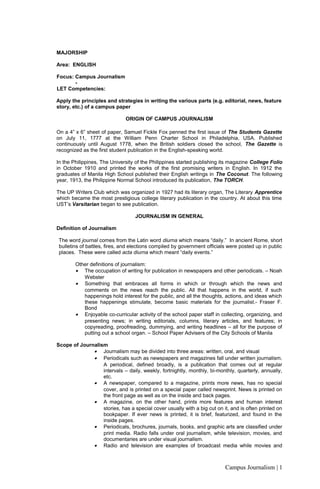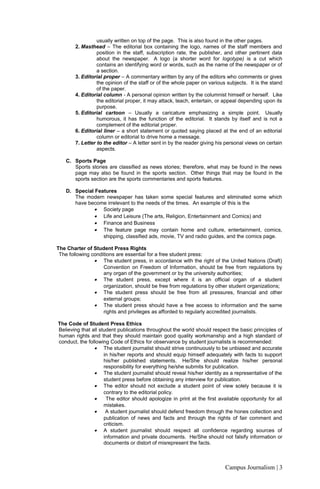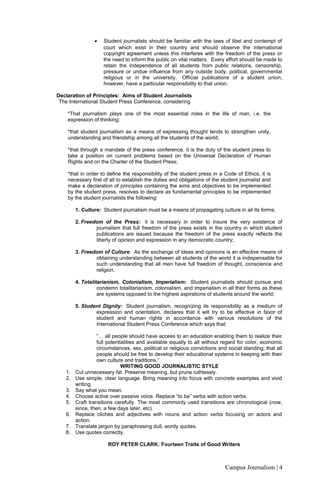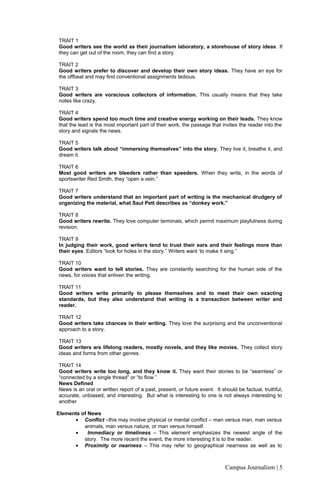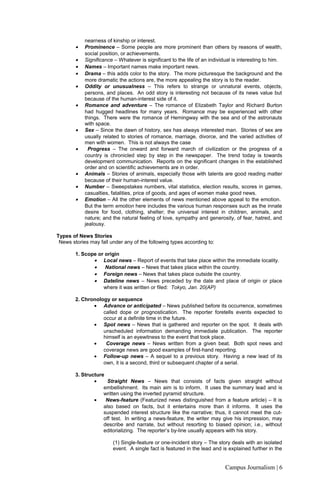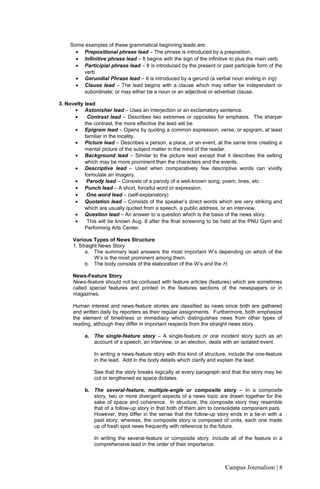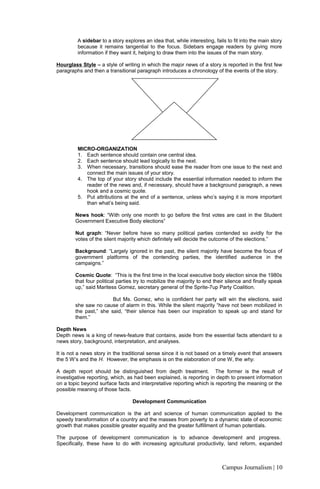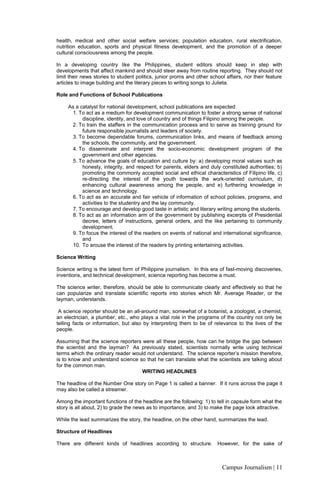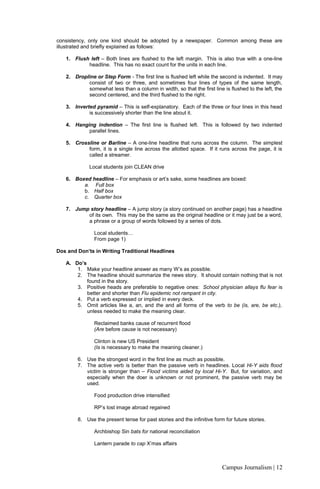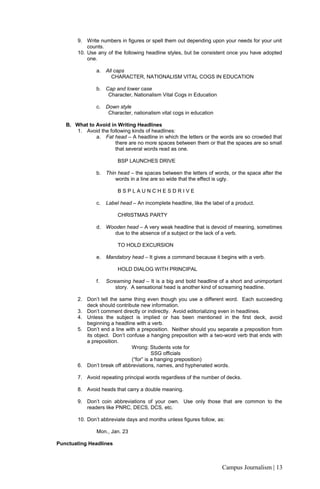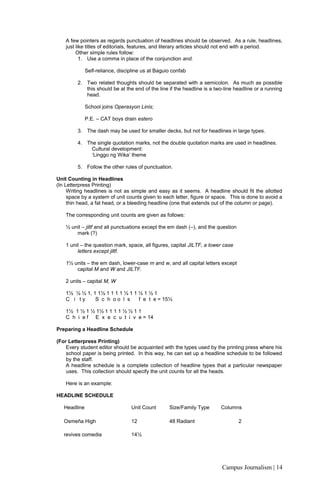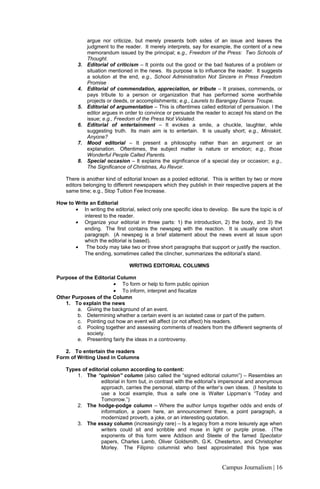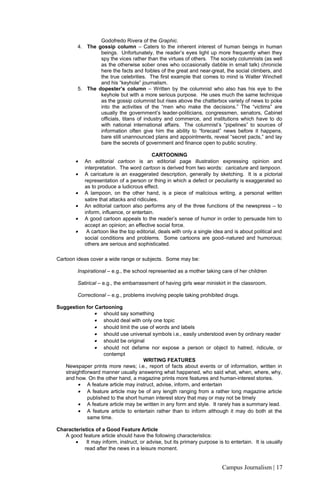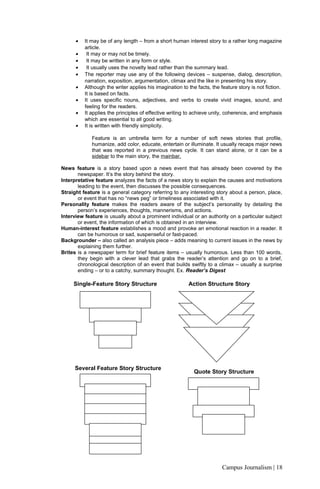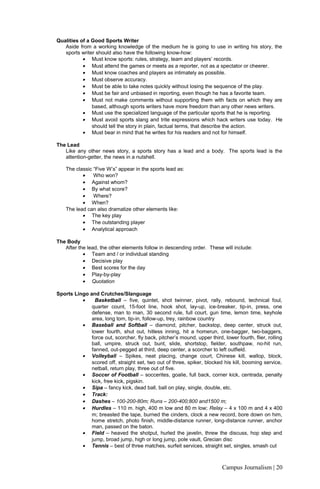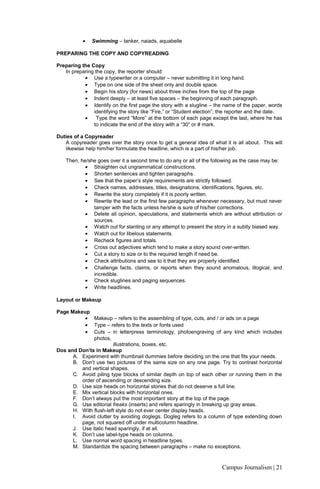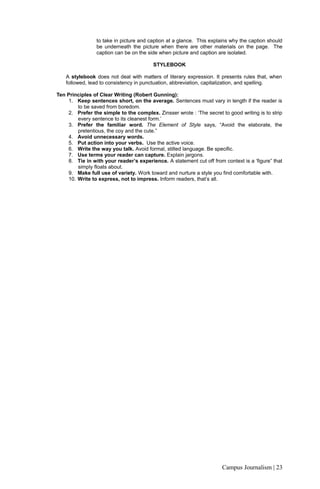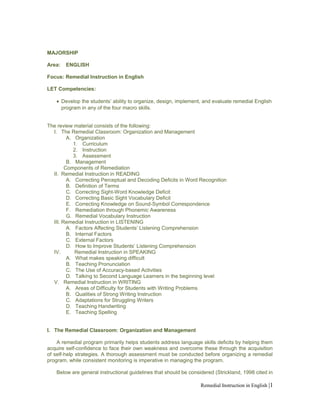PRINCIPLES AND STRATEGIES IN TEACHING
FINAL COACHING BULLETS
Horizontal mobility- a teacher in brgy. School transferred in town.
Vertical mobility- teacher being promoted as supervisor
Nuclear family- father, mother and their children
Extended family- parents and other relatives
Solitary play- children play toys by themselves
Onlooker play- children watch others play but not involved
Parallel play- children watch alongside not with each other.
Associative play- parehas ang kanilang nilalaro
Baduy- awkward looking
Transmuted- changed
Carnal- bold
Aplomb- composure
Loquacious- verbose
Profanity- obscenities
Rizal was born- calamba, laguna
Penchant- fondness
Eureka- discovery
Metaphor- "the lord is my sheperd"
Hyperbole- " he is the blacksheep in the family"
Geoffrey Chaucer- morning star of English lit.
Shakespear- "Bard of avon"
Nature- heredity, IQ, character traits
Nurture- environment
Phelogenetic- development follows orderly sequence
Ontogenetic- rate of dev. Is unique
Cepalocaudal- dev. From head to foot
Proximodistal- central access
Iconic- by seeing ex. Pictures
Symbolic- by symbols ex. Words and numbers
Inactive- learning by doing physical action
Socrates- " know thyself"
Plato- " wrote the republic"
Aristotle- "father of modern sciences"
Albert bandura- social learning theory/ modelling
Kohlberg- moral dev. Theory
Pavlov- classical conditioning
Skinner- operant conditioning
John amos comenius- " orbis pictus"
NCBTS -national Competency-based teacher standards
tanaga 7777
tanka 57577
Tree releases carbon dioxide during? ~ evening
tatlong tuldok na sunod-sunod = elipsis
town criers~~~umalohokan
Meaning of TOS ~~~table of Specifications
Sage on stage ~~dispenser of knowledge
Negative effect of extended family~ FAVORITISM.
Bicameralism~~ Jones Law
Ang _____ay ang bantas na ginagamit sa pagitan ng panlaping IKA at Tambilang~~~GITLING
She is a lovely rose" is an example of~~metaphor
Had I studied very well, I ___________ rewarded with vacation in the US~~would have been
She is a lovely rose" is an example of~~metaphor
Had I studied very well, I ___________ rewarded with vacation in the US~~would have been
___________ is an example of a non pathogenic microorganism~~ Probiotics as bifidobacterium
First labor union in the Philippines~~~Union Obrera Demokratika
The only remnant after world war II~~Philippine Independent Church
Sa mga Soc Sci major mag focus po kayo sa Economics
1. THRUST – proceeding without assessing
2. DANGLING – hanging activity by giving another
3. TRUNCATION – leaves activity
4. FLIP-FLOP – returns to a left activity while currently
doing an activity
5. STIMULUS-BOUND – distracted
6. OVERDWELLING – overtime in one topic
7. OVERLAPPING – multitasking results negatively
ISM’s IN EDUCATION
BEHAVIORISM – change ESSENTIALISM – basic
EXISTENTIALISM – choice HUMANISM – build
IDEALISM – enough in mind PERRENIALISM – constant
PRAGMATISM - practice (T&E) PROGRESSIVISM – improve
REALISM – enough to see UTILITARIANISM - best
SOCIAL RECONSTRUCTIVISM – benefit of all
AIMS OF ERAS
PRE-SPANISH – survival and conformity
SPANISH – Christianity
AMERICAN – democratic ideals and way of life
COMMONWEALTH – moral character, efficiency
JAPANESE – progress
PROF. ED PROPONENTS
B.F. SKINNER – Operant Conditioning
BANDURA – Modeling
BANDURA & WALLACE – Social Learning
CARL JUNG – Psychological
CARL JUNG – Psychological
CONFICIUS – Education for all, Golden Rule
EDWARD THORNDIKE – Connectionism
ERICK ERIKSON – Psychosocial
IVAN PAVLOV – Classical Conditioning
JEAN PIAGET – Cognitive FROEBEL - Father of Kndrgrtn
PEZTALLOZI – realia, Froebel’s protégé
JEROME BRUNER – Instrumental Conceptualism
JOHN DEWEY – learning by doing
JOHN LOCKE – Tabula Rasa (blank sheet)
KOHLERS – Insight Learning
LAURENCE KOHLBERG – Moral Development
LEV VGOTSKY – Social Cognitivist, Scaffolding
SIGMUND FREUD – Psychosexual
WILLIAM SHELDON – Physiological
PRINCIPLES
HEDONISM – pleasure principle
DOUBLE EFFECT – sacrifice for the good or bad
FORMAL COOPERATION – cooperation with will
LESSER EVIL – choice of the less one from two bad things
MATERIAL COOPERATION – cooperation without will
FREUD’S PSYCHOSEXUAL/PSYCHOANALYTICAL THEORY
1. ORAL (0-1 yrs. old) – Infant
2. ANAL (1-3 yrs. old) – Toddler
3. PHALLIC – Preschool
4. LATENCY – School Age
5. GENITAL – Adolescense
OEDIPUS – son to mom ELECTRA – daughter to dad
LAWS IN EDUCATION
PRC BR 435 – Code of Ethics for Professional Teachers
PD 1006 – Decree Professionalizing Teachers
RA NO. 1425 – inclusion of the works of Jose Rizal
RA NO. 4670 – “Magna Carta for Public School Teacher”
RA 7722 – CHED
RA 7796 – “TESDA Act of 1994”
RA 7836 – Phil. Teachers Professionalization Act of 1994
RA 9155 – BEGA (Basic Educ.) or DepEd Law
RA 9293 – Teachers Professionalization Act
RA 10533 – K-12 Law
ACT NO. 2706 – “Private School Law”
COMMONWEALTH ACT NO. 578 – “persons in authority”
KAUTUSANG PANGKAGAWARAN BLG 7 - PILIPINO NatlLng
PROKLAMA BLG 12 - Linggo ng Wika (Balagtas,Mr29-Ap4)
PROKLAMA BLG. 186 – Linggo ng Wika (Quezon,Ag13-19)
PROKLAMA BLG. 1041 – Buwan ng Wika (Ramos)
PHIL. CONSTITUTION ACT 14 – ESTACS
RA 1079 – no limit of Civil Service eligibility
RA 6655 – “Free Public Secondary Educ. Act of 1988”
RA 6728 – “Act Providing Government Assistance to
Students and Teachers in Private Education
RA 7277 – Magna Carta for PWD
RA 7610 – Anti-Child Abuse Law (Amendment: RA 9231)
RA 7743 – establishment of public libraries
RA 7877 – “Anti Sexual Harassment Act of 1995”
RA 7880 – “Fair and Equitable Access to Education Act”
RA 8049 – Anti-Hazing Law
RA 8187 – Paternity Act
RA 10627 – Anti-Bullying
SB 1987 ART. 14 SEK. 6-9 – FILIPINO (National Language)
BRUNER’S THREE MODES OF REPRESENTATION
1. ENACTIVE (0-1 yrs. old) – action-based information
2. ICONIC (1-6 yrs. old) – image-based information
3. SYMBOLIC (7+) – code/symbols such as language
TAXONOMY OF OBJECTIVES
COGNITIVE:
BLOOM (LOTS) ANDERSON (HOTS)
o Knowledge
o Comprehension
o Application
o Analysis
o Synthesis
o Evaluation o Remembering
o Understanding
o Applying
o Analyzing
o Evaluating
o Creating
AFFECTIVE:
o Receiving
o Responding
o Valuing
o Organizing
o Characterization
PSYCHOMOTOR:
SIMPSON HARROW
o Perception
o Set
o Guided Response
o Mechanism
o Complex Overt Response
o Adaptation
o Origination o Reflex movement
o Fundamental Movement
o Physical Movement
o Perceptual Abilities
o Skilled Movements
o Non-discursive communication
DALES CONE OF EXPERIENCE
Read
Hear
Picture
Video
Exhibit
Demonstration
Collaborative Work
Simulation
Real thing
ERIKSON’S PSYCHOSOCIAL TASKS
1. TRUST VS. MISTRUST (0-12 months)
2. AUTONOMY VS. SHAME/DOUBT (1-3 years old)
3. INITIATIVE VS. GUILT (3-6 years old)
4. INDUSTRY VS. INFERIORITY (6-12 years old)
5. INDENTITY VS. ROLE CONFUSION (12-18 years old)
6. INTIMACY VS. ISOLATION (early 20s-early 40s
7. GENERATIVITY VS. STAGNATION (40s-mid 60s)
8. INTEGRITY VS. DESPAIR (mid 60s-death)
PIAGET’S COGNITIVE DEVELOPMENT THEORY
1. SENSORY – senses
2. PRE-OPERATIONAL - imagination
3. CONCRETE 4. FORMAL
GENERATIONS OF COMPUTER
1. VACUUM TUBES (1940-1956)
2. TRANSISTORS (1956-1963)
3. INTEGRATED CIRCUITS (1964-1971)
4. MICROPROCESSORS (1971-present)
5. ARTIFICIAL INTELLIGENCE (present-future)
MISTAKEN GOALS
1. ATTENTION SEEKER – “teacher, notice me”
2. REVENGE – “teacher, I am hurt”
3. POWER-SEEKING – “teacher, may I help?”
4. INAD.
✔NATURALISM -- only nature exist, nature is better than civilization (NATURALESA ng isang BAGAY)
✔IDEALISM -- spiritual, values, moral, socratic method
✔REALISM -- natural world, values arenatural and absolute, reality exist undercieved
✔PRAGMATISM/¬¬¬¬¬EXPERIMENTALISM -- practical, problem solving research, knowledge is what works, values are related, truth is warranted assertion.
✔ESSENTIALISM -- 3r's (4r's ngayon), achievement test, certain knowledge&skills are essential for rational being.
✔PROGRESSIVISM -- process of development, higher level of knowledge, the child's need and interest are relevant to curriculum.
✔EXISTENTIALISM -- knowledge is subjective, man shapes his being as he lives, we are what we do, deciding precedes knowing.
✔PERENNIALISM -- education that last for century, universalist, knowledge is eternally valid.
✔SOCIAL RECONSTRUCTIVISM -- for better society, community based learning
✔RECONSTRUCTUONALISM -- the school should help rebuild the social order thus social change.
✔BEHAVIORISM -- learning is change in behavior, S-R relationship
✔EMPIRICISM -- knowledge comes thru senses, 5 senses (observatory learning)
✔STRUCTURALISM -- complex mental exp. such as image,feeling and sensation
✔FUNCTIONALISM -- focus to motivation, thinking & learning.
✔PURPOSIVISM -- individual hormones are responsible for the motive to strive towards fulfillment of his/her objective.
✔PHILOSOPHICAL ANALYSIS -- reality is what verifiable, truth correspondes to reality, usage determines meaning
PROFESSIONAL EDUCATION
SUBCATEGORIES OF TEACHER MOVEMENT/MOVEMENT MANAGEMENT
1. THRUST – proceeding without assessing
2. DANGLING – hanging activity by giving another
3. TRUNCATION – leaves activity
4. FLIP-FLOP – returns to a left activity while currently
doing an activity
5. STIMULUS-BOUND – distracted
6. OVERDWELLING – overtime in one topic
7. OVERLAPPING – multitasking results negatively
ISM’s IN EDUCATION
BEHAVIORISM – change ESSENTIALISM – basic
EXISTENTIALISM – choice HUMANISM – build
IDEALISM – enough in mind PERRENIALISM – constant
PRAGMATISM – practice (T&E) PROGRESSIVISM – improve
REALISM – enough to see UTILITARIANISM – best
SOCIAL RECONSTRUCTIVISM – benefit of all
AIMS OF ERAS
PRE-SPANISH – survival and conformity
SPANISH – Christianity
AMERICAN – democratic ideals and way of life
COMMONWEALTH – moral character, efficiency
JAPANESE – progress
PROFESSIONAL EDUCATION PROPONENTS
B.F. SKINNER – Operant Conditioning
BANDURA – Modeling
BANDURA & WALLACE – Social Learning
CARL JUNG – Psychological
CONFICIUS – Education for all, Golden Rule
EDWARD THORNDIKE – Connectionism
ERICK ERIKSON – Psychosocial
IVAN PAVLOV – Classical Conditioning
JEAN PIAGET – Cognitive FROEBEL – Father of Kndrgrtn
PEZTALLOZI – realia, Froebel’s protégé
JEROME BRUNER – Instrumental Conceptualism
JOHN DEWEY – learning by doing
JOHN LOCKE – Tabula Rasa (blank sheet)
KOHLERS – Insight Learning
LAURENCE KOHLBERG – Moral Development
LEV VGOTSKY – Social Cognitivist, Scaffolding
SIGMUND FREUD – Psychosexual
WILLIAM SHELDON – Physiological
PRINCIPLES
HEDONISM – pleasure principle
DOUBLE EFFECT – sacrifice for the good or bad
FORMAL COOPERATION – cooperation with will
LESSER EVIL – choice of the less one from two bad things
MATERIAL COOPERATION – cooperation without will
FREUD’S PSYCHOSEXUAL/PSYCHOANALYTICAL THEORY
1. ORAL (0-1 yrs. old) – Infant
2. ANAL (1-3 yrs. old) – Toddler
3. PHALLIC – Preschool
4. LATENCY – School Age
5. GENITAL – Adolescence
@adminReygo
PILLARS OF LEARNING
Learning to know" HEAD" ---- Knowledge
Learning to Be "HEART" Awareness and understanding
Learning to Do "HAND"-- Skill and actions
Learning to Live "VALUES" Attitudes
Learning to To Transform is which involves all Pillars,
Learning to know - To recognize the evolving nature of the concept of sustainability - To reflect the ever-growing needs of societies - To acknowledge that fulfilling local needs often has international effects and consequences - To address content, context, global issues and local priorities Learning to be - To build on the principles and values that underline sustainable development -To deal with the well-being of all three realms of sustainability environment, society, and economy - To contribute to a person complete development: mind and body, intelligence, sensitivity, aesthetic appreciation and spirituality Learning to live together - To build capacity for community -based decision making, social tolerance, environmental stewardship, adaptable workforce and quality of life Learning to do - To contribute to a concrete reality for all our daily decisions and actions - To build a sustainable and safe world for everyone
★Father of Biology: Aristotle
★Father of Physics: Albert Einstein
★Father of Chemistry: Jabir Bin Hayan
★Father of Statistics: Ronald Fisher
★Father of Zoology: Aristotle
★Father of History: Herodotus
★Father of Microbiology: Louis Pasteur
★Father of Botany: Theophrastus
★Father of Algebra: Diophantus
★Father of Blood groups: Landsteiner
★Father of Electricity: Benjamin Franklin
★Father of Trigonometry: Hipparchus
★Father of Geometry: Euclid
★Father of Modern Chemistry: Antoine Lavoisier
★Father of Robotics: Nikola Tesla
★Father of Electronics: Ray Tomlinson
★Father of Internet: Vinton Cerf
★Father of Economics: Adam Smith
★Father of Video game: Thomas T. Goldsmith, Jr.
★Father of Architecture: Imhotep
★Father of Genetics: Gregor Johann Mendel
★Father of Nanotechnology: Richard Smalley
★Father of Robotics:;Al-Jazari
★Father of C language: Dennis Ritchie
★Father of World Wide Web: Tim Berners-Lee
★Father of Search engine: Alan Emtage
★Father of Periodic table: Dmitri Mendeleev
★Father of Taxonomy: Carolus Linnaeus
★Father of Surgery (early): Sushruta
★Father of Mathematics: Archimedes
★Father of Medicine: Hippocrates
★Father of Homeopathy: Samuel Hahnemann
★Father of Law: Cicero
